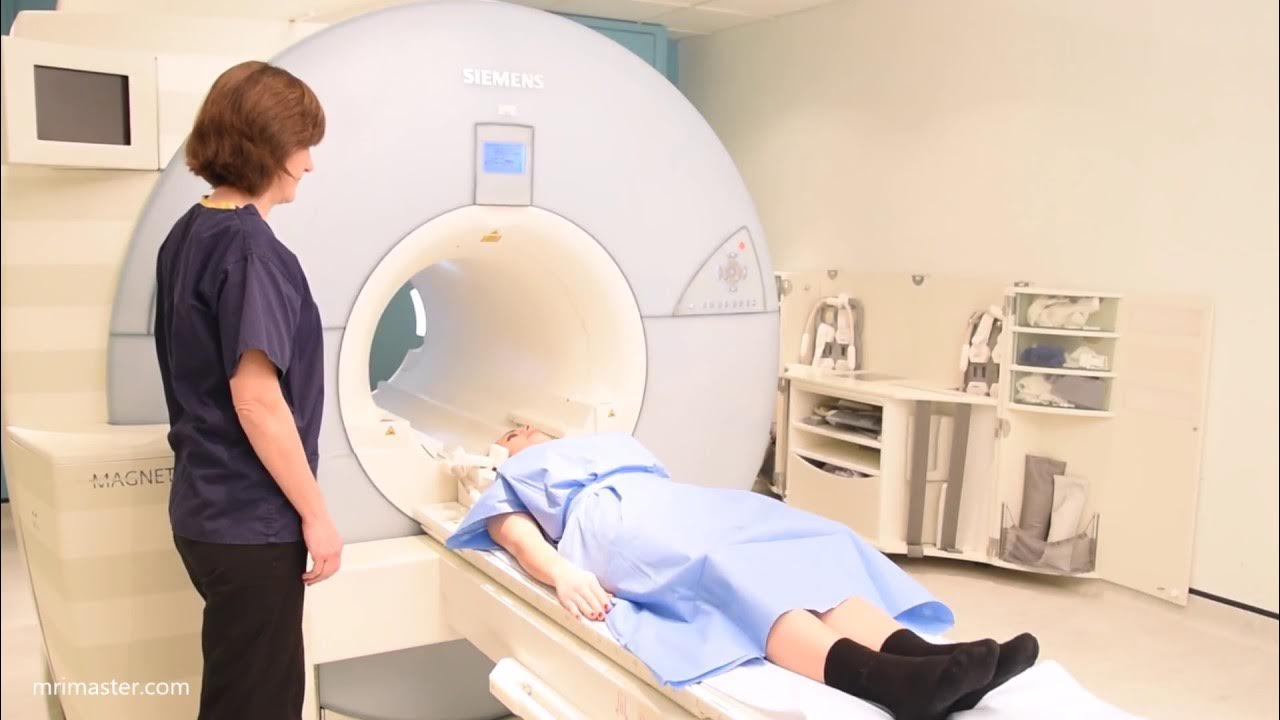Schedule a Patient Procedure
Summary
TLDRThis instructional video outlines the essential steps for scheduling a timely MRI procedure for a patient. It emphasizes the importance of obtaining the provider's order, verifying patient information, and coordinating with the radiology department. Key elements include confirming the appointment details, informing the patient about necessary preparations, and ensuring all documentation, such as consent forms, is completed. The video also highlights the importance of effective communication with both the patient and the facility to ensure a smooth process and timely results, ultimately reinforcing the significance of keeping the appointment.
Takeaways
- 😀 Schedule timely patient procedures by confirming appointments and issuing necessary instructions.
- 📋 Obtain a written or oral order from the provider specifying the procedure to be performed.
- 📅 Determine the patient's availability based on the provider's requested timeframe for the procedure.
- 🏥 Verify patient demographic and insurance information to ensure accurate scheduling.
- 📝 Contact the radiology department to arrange the procedure, providing necessary patient details.
- ⏰ Establish the time and date for the procedure while considering urgent results if required.
- 📞 Notify the patient about the scheduled arrangements, including facility contact details.
- 📜 Provide the patient with written instructions regarding preparation for the procedure.
- 🖊️ Ensure the patient understands the procedure through a consent form before scheduling.
- 🔍 Document the scheduled procedure details in the patient's health record for legal compliance.
Q & A
What is the first step in scheduling a patient's MRI procedure?
-The first step is obtaining an oral or written order from the provider specifying the procedure to be performed.
How should the patient's identity be verified?
-The patient's identity should be verified by confirming their full name and contact information, and ensuring the procedure details match the patient’s medical record.
Why might insurance pre-authorization be required for the MRI procedure?
-Insurance pre-authorization may be required by the patient’s insurance carrier to ensure the procedure is covered under their plan.
How is the MRI procedure scheduled?
-The MRI procedure is scheduled by confirming the patient's availability within the specified time frame (e.g., within a week) and coordinating with the radiology department for available slots.
What information must be provided to the radiology facility when scheduling the MRI?
-The radiology facility needs the patient’s diagnosis, the provider's exact order for the procedure, the patient's contact and insurance information, and any special instructions (such as anesthesia requirements).
How should the patient be informed of the MRI procedure details?
-The patient should be informed of the scheduled time, location, and any necessary preparations for the test. This information should be provided both verbally and in writing.
What are some examples of preparations a patient may need to follow before the MRI?
-The patient may need to follow specific preparations, such as fasting, avoiding certain medications, or bringing specific items like a photo ID and their insurance card.
What is the purpose of the consent form for the MRI procedure?
-The consent form ensures that the patient understands the risks, benefits, and alternatives to the procedure. It also confirms that the patient agrees to the procedure before it is performed.
What should be done after the patient signs the consent form?
-After the patient signs the consent form, it should be scanned and uploaded into the patient's electronic health record (EHR).
How should the procedure details be documented for legal and clinical purposes?
-The details of the scheduled procedure, including the order, date, time, and patient information, should be documented in the patient's health record for legal and clinical reference.
Outlines

This section is available to paid users only. Please upgrade to access this part.
Upgrade NowMindmap

This section is available to paid users only. Please upgrade to access this part.
Upgrade NowKeywords

This section is available to paid users only. Please upgrade to access this part.
Upgrade NowHighlights

This section is available to paid users only. Please upgrade to access this part.
Upgrade NowTranscripts

This section is available to paid users only. Please upgrade to access this part.
Upgrade NowBrowse More Related Video

Female Foley Catheter Insertion Steps Nursing Skills Procedure (Woman Patient)

The Opening - a 4YourCNA Lesson

Brain MRI scan protocols, positioning and planning

10 menit bisa pasang infuse #infuse#cateter #perawat#kolaboratif#mandiri#keperawatan#poltekkes

Female Perineal Care

Perform a Venipuncture Collect a Venous Blood Sample Using the Vacuum Tube Method
5.0 / 5 (0 votes)